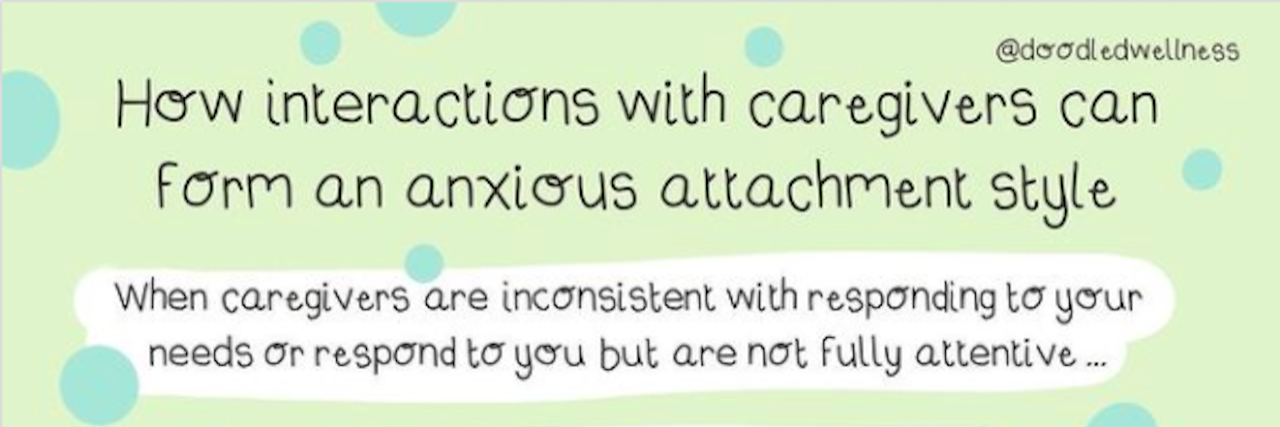Attachment is the bond between a child and their mother, or primary caregiver. The way a mother and child interact during the first few years of a child’s life defines a person’s attachment style. This attachment style ultimately impacts the way we relate to others and especially impacts the way we relate to people in our romantic relationships.
Avoidant Attachment Style
When a primary caregiver is rejecting or unavailable, the child learns that they cannot rely on other people to meet their needs. In essence, they experience abandonment at a young age from the people who mean the most to them — their parents. Because of this experience, the child may learn not to rely on other people and are weary to develop intimate relationships with people because they fear they will be abandoned again.
To protect themselves, they may push other people away, fear true intimacy, and avoid being vulnerable or talking about feelings. Sometimes, people with avoidant attachment styles may form superficial relationships based off sex but with little emotional connection because of this fear of abandonment or fear of intimacy.
View this post on Instagram
Anxious Attachment Style
When a primary caregiver is inconsistent with a child (giving love one moment but then withdrawing love the next moment) the child sees the world and other people as unpredictable, threatening and untrusting.
As a result, the child may learn to want love and attention from others, but is not sure whether other people are truly reliable and trustworthy. They start to doubt their own worth and develop insecurity. This can lead the child to develop reassurance seeking behaviors driven by anxiety of being rejected.
View this post on Instagram
Although our early caregivers form our attachment patterns, and there’s no excuse for abusing a child, it is important to recognize that most parents are trying the best with what they have at the time. In fact, most caregivers act out patterns they observe with their own parents as a young child. Like I always say, awareness is one of the most important steps to healing. We are not capable of healing what we are not consciously aware of.
I invite you to reflect on your own attachment style and early interactions with your caregivers. If this is hard to do, close your eyes and imagine your parents — is your instinct to approach them or avoid them? Picture hugging your parents, what feelings do you experience? Warmth? Do you feel suffocated? Do you feel like you want to avoid touch? These feelings may give you an indication of what it may have been like to interact with your parents as a young child.
Fortunately, secure attachments can still be formed after childhood with other people in our lives, so learning to develop strategies using the resources and people around you to create security can be helpful for your healing journey.
Header image via @doodledwellness/Instagram

